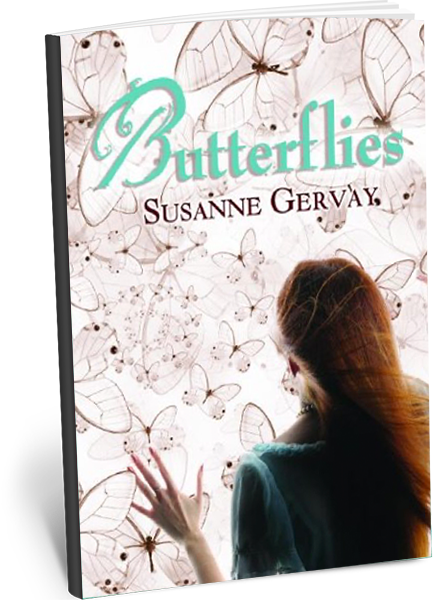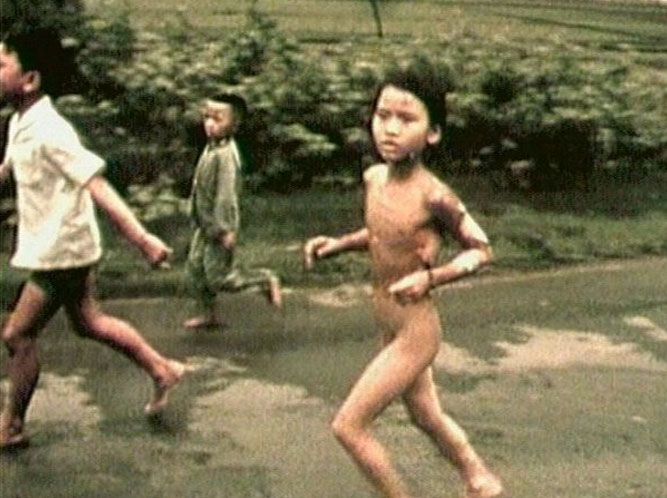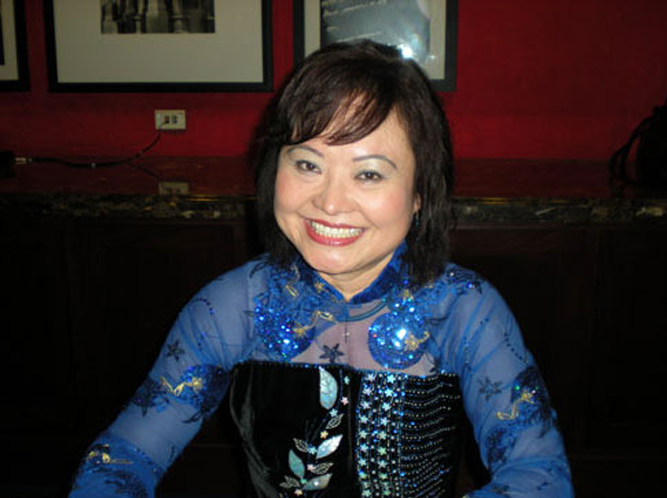
What if your body told a story you didn’t want the world to see?
Katherine is 17, nearly 18. She’s survived the fire, the surgeries, and the stares. But as she stands on the edge of adulthood, she wants more than survival—she wants to live.
Burned as a toddler, Katherine has spent her life in and out of hospitals, balancing between being a patient and a regular teenager. She’s faced pain, self-doubt, and the fear that no one will ever truly see beyond her scars. But she also has her best friend Jessie, her determined mother, her sister Rachel, and a world of dreams waiting to unfold.
In this deeply moving novel, award-winning author Susanne Gervay takes readers on an emotional journey of resilience, love, and self-acceptance. Katherine is not a victim—she’s a fighter. With humour, warmth, and raw honesty, Butterfliesexplores identity, body image, family, friendship, and the courage to step forward into the world, scars and all.
“Heart wrenching and beautiful are the two words that immediately came to mind … Gervay paints a picture of Katherine as she grows and changes allowing the reader to believe in her as a real person. Unlike other teen angst books, Katherine … chooses …to find joy in her daily life. … Katherine wins at the end- not because she suddenly becomes amazingly beautiful, but because she always was beautiful and knew that within herself. Kudos to Gervay.”
SWON Libraries. Kenton County Public Library
Kim Phuc and Butterflies
‘Butterflies‘ was Susanne Gervay’s response to a request by a young burn survivor. She spent six challenging months researching and interviewing survivors, families, medical teams to reach into their experiences. ‘Butterflies’ is recognized as Outstanding Youth Literature on Disability (IBBY). Endorsed by the Children’s Hospital Sydney and Dr Hugh Martin Head of the Burn Unit.
“I had a definite agenda. Butterflies would be medically accurate, but it would not be a medical book. Butterflies would be psychologically accurate in terms of child growth and development, but not a didactic textbook. Butterflies would reflect the stories and journeys of the young people and families who I had interviewed. Butterflies would be a story where disability is part of the fabric of life, but not life itself. The main character Katherine would be burnt but never a one-dimensional stereotype. Katherine would be complex like all human beings with a real family, a background and a personality that reaches from the page into the lives of readers. Katherine’s life would show that disability does not separate burn survivors from the community, but unites them in the common bond of humanity.” – Disability Studies Quarterly, Winter 2004, Volume 24, No. 1, www.dsq-sds.org
Susanne Gervay was honoured to speak at the World Burn Congress in New York, invited by The New York Firefighters, New York Presbyterian Hospital of Columbia and Cornell, Weill Cornell Medical College and Phoenix Society. This experience became incorporated into my USA and Korean editions of Butterflies.



It was one of the great moments of my life
Addressing an audience of survivors, medical teams, firefighters, family and community was painfully confronting. I am a confident speaker who has spoken at major conferences and festivals throughout the world, but I was nervous. How could I address this audience? What if ‘Butterflies’ did not capture their journeys?
After my talk, a line of people wound around the room with ‘Butterflies’ to sign. They wanted to touch and connect with me. Then there was the pivotal moment when a girl with facial reconstruction said to me:
‘I’m 15, nearly 16′ with her softly spoken voice and we touched hands, nothing more had to be said. It was deeply emotional – she wanted to know there was a future for her, and there is.
I was privileged to address the Congress and be part of the faculty with Kim Phuc.
On June 8, 1972, Kim Phuc’s village of Trang Bang came under attack by South Vietnamese planes that mistakenly dropped napalm on a Buddhist pagoda in an area that the North Vietnamese were infiltrating. As the villagers ran, children died, but Kim escaped screaming, badly burned by napalm. Nick Ut’s Pulitzer Prize winning photo captured her escape and his photo became the symbol of the civilian tragedy of war.
Kim’s keynote was inspiring as she related her courageous journey through burns and life to forgive the bombers and use her life to bring healing and peace. She is the UNESCO Ambassador for Peace and has established the Kim Phuc Foundation for the child survivors of war.
Susanne Gervay is an award-winning Australian author, celebrated for her ability to tackle real-life challenges with honesty, warmth, and emotional depth. A passionate advocate for children’s literature, social justice, and youth empowerment, she has worked extensively in literacy initiatives, youth advocacy, and disability awareness.
Her acclaimed novel Butterflies is a deeply moving exploration of resilience, self-acceptance, and hope. Inspired by real-life experiences, it follows Katherine, a teenager who has endured severe burns, as she navigates the physical and emotional challenges of growing up. Despite her scars, Katherine dreams of independence, love, and a future beyond her trauma. With the support of her family, friends, and a determined spirit, she discovers that true beauty is found in courage, strength, and self-belief.
Endorsed by burn survivor organisations, hospitals, and educators, Butterflies is more than a novel—it’s a testament to the power of perseverance. Through Katherine’s journey, Susanne Gervay offers young readers a heartfelt story of transformation and empowerment, proving that even in life’s hardest moments, we all have the strength to spread our wings and fly.
Published in the USA and Australia, translated into other languages including Bahasa and Korean, Butterflies is a rite-of-passage search for identity novel reaching young people and adults.
“Suzanne, before reading butterflies i thought the only way to be pretty was to be perfect, the hair the face the looks, but it’s not true, i read butterflies in 3 days, i couldn’t put it down, it made me really feel good about myself, and think about what it would be like if i was katherine, she went through alot and knew in the end that if she didn’t turn out perfect, it didn’t matter, she learnt to be grateful to be alive and live with her burns. It’s was one of the best books i have ever read, thankyou for giving me a masterpiece to read.”